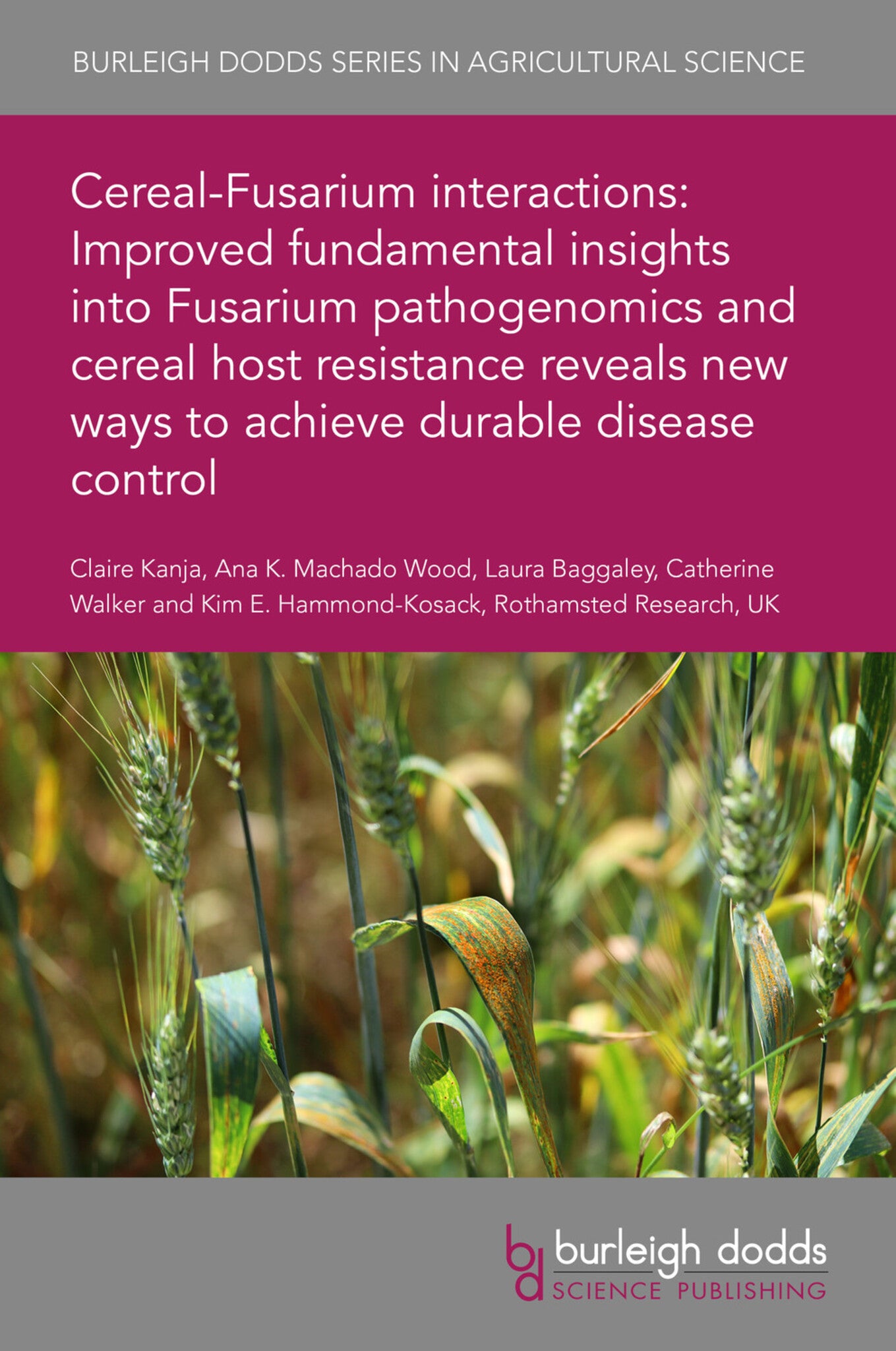We're sorry. An error has occurred
Please cancel or retry.
Cereal-Fusarium interactions: Improved fundamental insights into Fusarium pathogenomics and cereal host resistance reveals new ways to achieve durable disease control

Some error occured while loading the Quick View. Please close the Quick View and try reloading the page.
Couldn't load pickup availability
- Format:
-
18 October 2021


TECHNOLOGY & ENGINEERING / Agriculture / Agronomy / Crop Science, Agronomy and crop production, TECHNOLOGY & ENGINEERING / Agriculture / Sustainable Agriculture, TECHNOLOGY & ENGINEERING / Pest Control, Sustainable agriculture, Pest control / plant diseases

1 Introduction 2 Infection biology, trichothecene mycotoxins and plasmodesmata function 3 Fusarium genomes 4 Transcriptome analysis of compatible interactions in multiple cereal species 5 Virulence determinants, secondary metabolite clusters and effectors 6 Plant defence pathways and resistance QTLs 7 Crop improvements using genetic modification (GM), gene editing (GE) and host-induced gene silencing (HIGS) approaches 8 Unanswered questions, future outlook and concluding remarks 9 Acknowledgements 10 References



